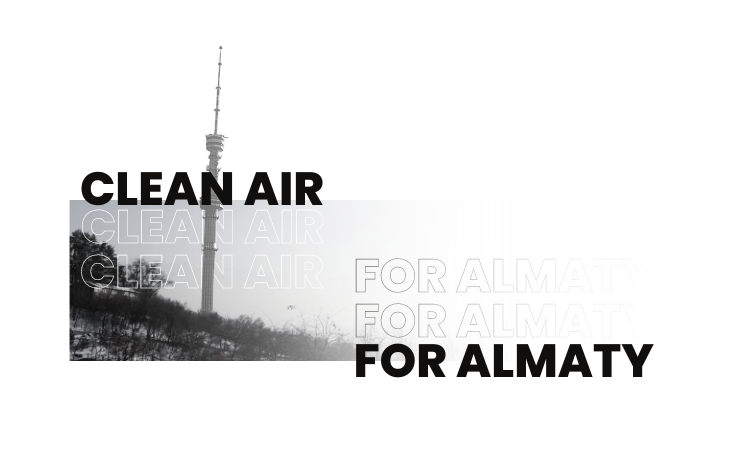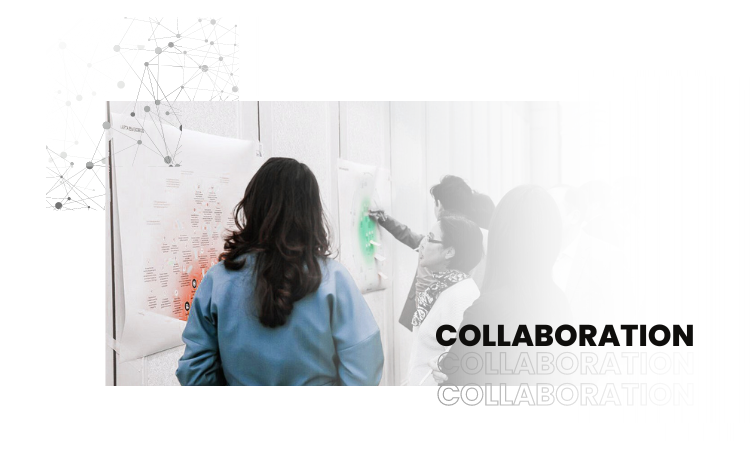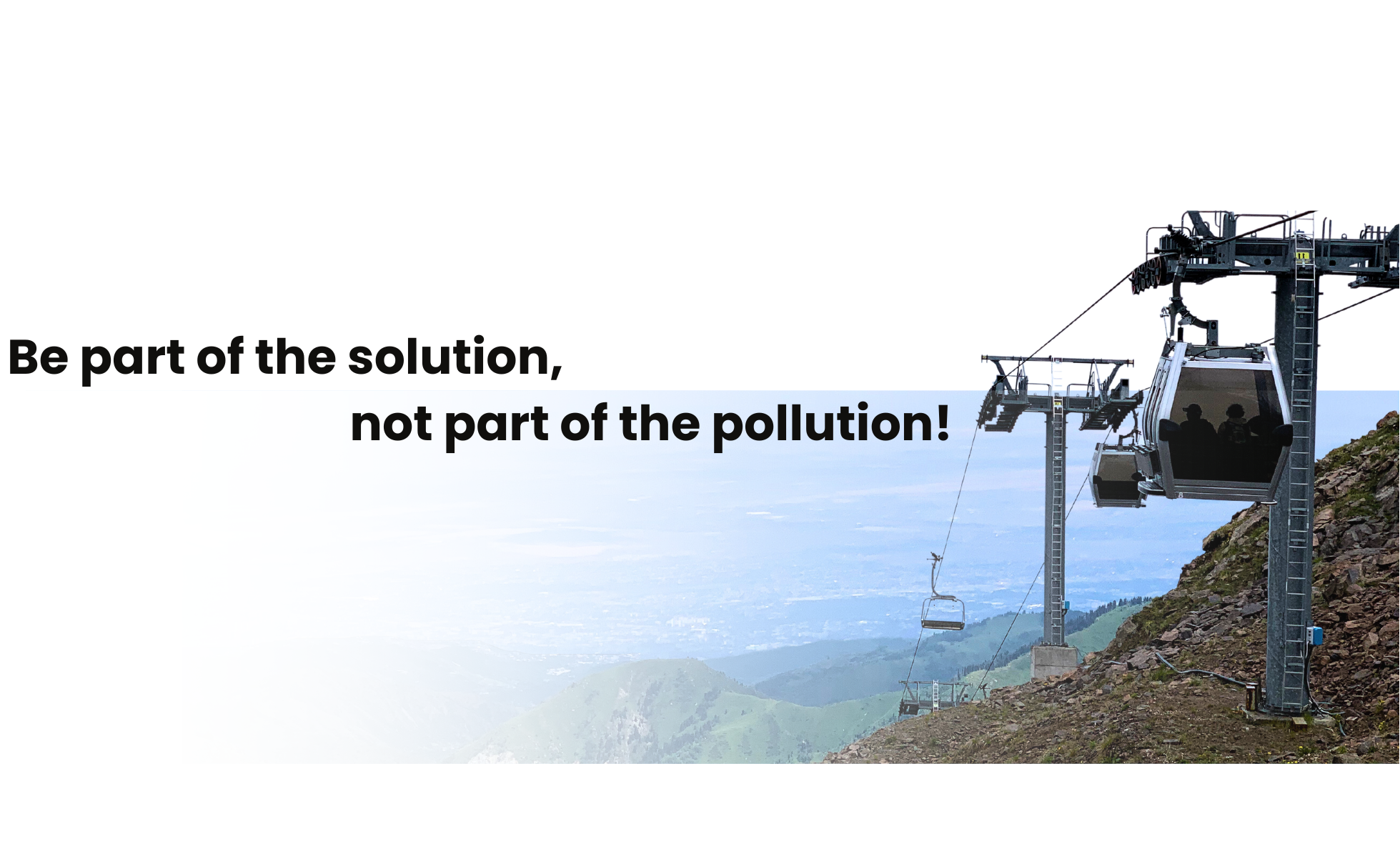As UNDP helps locals battle air pollution
Whiffs of fresh mountain air to blow across Garden City again
September 6, 2023

With almost all the global population (99 percent) exposed to air pollution levels that put them at increased risk of diseases, air pollution, in all its forms, is responsible for more than 6.5 million deaths globally each year. Pollution is especially damaging to the health of children. Exposure to vehicular air pollution during pregnancy, infancy, and childhood has been associated with delay in cognitive development. A myriad of global studies suggest that air pollution has adverse effects on lung function and development. While shortening life-expectancies, this exposure also makes people more likely to suffer from increased rates of chronic obstructive pulmonary disease (COPD), strokes, ischemic heart disease and lung cancer. Many studies detail the economic impact of poor air quality leading to increased lost weeks from work and greater healthcare costs. Moreover, the most polluted urban areas often are in areas with the lowest property values, hence exacerbating existing socio-economic injustices.
As a native of Almaty born and raised, I remember the air pollution in Almaty being the subject of everyone’s discussion throughout my life. So, when I joined the Accelerator Lab and started leading the City Experiment Fund’s project at UNDP Kazakhstan with the strategic intent of tackling this pressing issue, I felt a keen sense of purpose and was determined to meet the challenge.
Almaty, for those not acquainted with this picturesque city, known as the Garden City, is the ex-capital of Kazakhstan, the largest city, the financial and cultural centre of the country. It generates one-fifth of the country’s GDP and is home to one-tenth of the country’s population. With the highest municipal budget in the republic, a national law that highlights its special status and privileges, and a vibrant political engagement by civil society, the metropolis serves as the driver of many infrastructural and public policy experiments in the country.
Geographically, the city is surrounded by the majestic snow-capped Tien Shan mountains. While they mesmerize onlookers every time they look out of the windows from any point in the city, on many days by the afternoon they become so enveloped in a dense smog that they loom like giant figures in a polluted mist. Indeed, the same mountains create a basin where the stagnant air accumulates and takes a longer time to disperse. This makes Almaty in many ways similar to cities like Santiago, the capital of Chile, or Los Angeles, in California. However, while the mountains exacerbate the problem, they are not the root cause of the air pollution.

Fighting air pollution – an endeavour across many fronts
Almaty is not special in terms of the factors that contribute to its air pollution. Source apportionment studies, while complex, are few in number and different results have led to disagreements among social stakeholders as to which source is the greatest contributor to the problem. Indeed, suggesting that certain factors are the main contributor can turn air pollution into a political issue: city officials in large measure point to the traffic and the exhaust from vehicles as the main source, while environmental activists blame the emissions from coal-fired Combined Heat and Power Plants (CHPs). The emissions from construction industry and urban planning as well as coal burning by individual houses along with other activities are also addressed as contributing factors for the issue. On days when pollutants that vary from particulate matter (PM 10, 2.5 and ultra-fine particles), sulphur and nitrogen dioxide, and carbon monoxide reach especially unhealthy levels, citizens are advised to wear masks or stay indoors.
How to measure pollution is another point of contention: officials adhere to national benchmarks set during the Soviet times, while many independent environmental activists refer to standards established by the World Health Organization and other international organizations, which are significantly more stringent. For years, initiatives were introduced to address the issues at hand: improving the monitoring and data management on air pollutants in Almaty; converting CHPs from coal to gas; prioritizing the use of public transport, especially the transit system working on gas and electricity, over private vehicles – all to curb the ever-growing number of cars in the city; supporting households to shift to gas instead of coal; and stop people from burning the trash in the backyards, among other factors.
What everyone can agree on is that the urgent need to address the issue is constantly highlighted in the mainstream news and social media, underscoring that air pollution has become one of the biggest challenges to urban transformation in Almaty.
UNDP steps up to plate to empower local actors
Addressing Almaty’s challenges with severe pollution requires fundamental transformations in the infrastructures that sustain everyday life in the city, including those relating to mobility, energy, and waste, to mention a few. Thanks to the work and efforts of bottom-up civic action and individual actors the awareness of the importance of sensing pollution and developing trustable, accessible, and transparent datasets have become widespread in the city. This approach is very similar to many other cities and countries around the globe from West Oakland in California and Santiago in Chile to London, United Kingdom that have been monitoring pollution to raise awareness and use air quality data to advocate for and implement meaningful action.
Before starting to work with the larger group, during the inception stage, the UNDP team partnered with the AirVision advocacy initiative and Sergek, intelligent video control, analysis and forecasting system company, to develop a digital platform to visualize real-time air quality data and interactive user features. The planning stage also included conducting desk research and targeted interviews with well-known activists and experts from different fields like energy, transport, ecology, digitalization, among others. Monitoring is a crucial step forward, but must enable action – how do we move beyond pilot projects and create the enabling conditions for fast action on air pollution?

A multistage process to identify roadblocks to restoring clean air
Under the regional City Experiment Fund programme our team, consisting of UNDP experts and partners at Dark Matter Labs, is supporting local actors to try to answer this question. We have made use of an applied portfolio approach towards designing small but strategically connected sets of interventions with the potential to unlock larger, systemic changes. The portfolio approach requires examining the issue from different perspectives, developing intervention portfolios, and managing them in a dynamic and iterative manner to continuously reflect new insights so as to formulate better policies and investment decisions. Given the complexity of the air pollution issue, applying systemic thinking helps to see the different relationships and various ways they could be managed. This work builds on many years of UNDP’s global experimentation with new methods and approaches for accelerating transformative change – in collaboration with a number of partners such as the Chora Foundation, Climate-KIC and Dark Matter Labs.
The first stage of our portfolio approach in Almaty was to aggregate the knowledge of the ecosystem through seven semi-structured interviews, and then test and complement it during the first sensemaking session with participation from different akimat (municipalities) departments, ministries, representatives of academia, private sector, and civil society – altogether around 40 people. During the sensemaking session, together with participants we explored the underlying challenges in addressing the air pollution issue in Almaty, and mapped the existing initiatives and stakeholders involved through discussions and activities, such as the “five whys method”- which helps us unpack the root causes of challenges.
Some of the challenges identified that impeded progress included: lack of legal implementation mechanisms, lack of coordination among involved stakeholders, lack of data and research base and a lack of vision by decision-makers on how to operate effectively in a “green economy”. Ultimately, three inputs – mapping, who does what and why – gave us a better holistic view on the existing situation.
Tackling air pollution in Almaty – a step-by-step process
Subsequently, during the first design sprint, together with various actors we aimed at validating the overall objective and three focus areas for the design of air quality interventions: first, strengthening the knowledge base; secondly, enhancing the scope and collaboration of governance frameworks; and, thirdly, enhancing the regulatory incentive structures for compliance.
The session allowed open brainstorming around specific actions, new approaches and relationships and broader ideas to emerge that needed to change so they could be clustered into thematic groups and explored further. Indeed, during discussions, sensemaking sessions, interviews and deep listening exercises we often heard about the disconnect in how air pollution was perceived: primarily as an environmental or ecological issue, but with its risks and impacts often calculated in terms of economic and public health losses. Such positioning of the issue limited other actors and different municipal departments from taking ownership of air pollution as “their” issue. This hindered cross-sectoral collaboration and at large delayed transition to green economy. The decision after the first design session was to take note of this pattern and focus on strengthening the motivation and speed of action on addressing air quality by broadening the issue to stress health and economic aspects.
Among suggested interventions were eco-urbanism educational programmes for youth, centralized knowledge repositorium on air pollution, interventions related to capacity building and advocacy, studies on effect of pollution to health or its economic impact, mechanisms to incentivize adoption of ESG and other sustainable practices by business, new regulatory frameworks, one specific being on creation of Low Emission Zones, and others. The interventions at large responded to previously identified underlying challenges like air pollution being perceived as an environmental issue only, government officials not being able to see alternative on how the structure of the economy could look like in short or medium term from how it is now as well as lack of education and training around data and technology, leading to difficulty in translating analytics into action among other things.
The second design stage invited experts and actors to collectively review the interventions that we started to cluster around “Health impacts”, “Economic impacts”, “Public awareness”, “Civil servants”, “Multi-actor Collaboration”, “Energy industry”, and “Construction and urban development” themes. It was also an opportunity to also brainstorm again on the list of interventions that would respond to the agreed underlying challenges and strategic focus areas. It was also an exercise to critically review the previously proposed interventions.
By the third and final stage of the design process, we focused on clusters around “Green Economy”, “Green Urban Development” and “Public health”. Crucially, the aim was to package clusters of interventions that strategically contributed to each other and were multi-lever in nature (e.g working on governance, policy, knowledge, finance). The interventions, often cross-cutting across clusters, were collectively refined into a short and concise list through the comprehensive evaluation of their implementation phases, needed partners and resources, and the willingness of participants to engage in these initiatives during the implementation stage.

UNDP seeks to amplify local initiatives
It is important to note that at every stage of our process, what was distinctly apparent was how much people loved Almaty, their native or adopted city, how much they cared about improving the situation around air quality and how much they were willing to help. The key point in UNDP’s work in this project was to never compete with or repeat existing initiatives put forward by local actors, so that the new interventions under the portfolio would amplify – not undermine ongoing efforts.
The expertise of local researchers and activists on technical aspects around the issue was more than sufficient, so it was important for us to fill-in the gaps as needed, and to provide coordination support, visibility platforms, capacity-building opportunities, and methodological and funding support during the whole process. This was also important to keep the motivation and engagement high during the longer than usual design stages of portfolio approach. So, upon receiving a proposition from Almaty Management University to extend our support for the launch of their educational programme centered on integrating digital solutions into urban planning practices – the first of its kind in the country – we readily accepted the opportunity to lend our assistance. We worked together on increasing the number of students, who included among others representatives of civil service and business, and developing curriculum to reflect importance of systems thinking in addressing pervasive urban issues like pollution or traffic.
We also noted the importance of expanding the collaborative sessions to include new people from different backgrounds and give platform for experts to share their work with the public. The decision was then to hold collaborative sessions in “Urban Talks" style discussion event formats. This gave city activists, scientists, and civil service workers a new platform to engage, an opportunity to meet in informal spaces and exchange ideas. As one of the managers of the municipality project office later shared, he learned a lot from scientists during our session and decided to expand the practice of engagement with researchers in his division and at akimat’s work at large.
Overall, even during the early stages of the portfolio approach the goal was to empower those who were working on the issue before we came to support the development of a strong enabling environment for resolving the air pollution problem in Almaty. The belief and vision are there, the hard work is ongoing, so I believe that, with joint efforts, enough residents of Almaty will soon have clean air in Almaty so they can enjoy crystal-clear views of snow-capped mountains peaks more. As for our process, it is entering the new phase, where we activate interventions with our counterparts. While the overall portfolio of three clusters is large and diverse, a cluster of interventions around co-designing “slow, quiet and clean streets”, particularly around schools and kindergartens, is gaining momentum. The cluster, a work in progress, could involve street redesign to prioritise non-motorised transport, the introduction of nature based solutions to green the street and clean the air, the retrofit of buildings to be energy efficient, clean energy generators, building the research base for the impacts of air pollution on child health, designing financial instruments for investing in streets, building governance platforms to engage and enable parents and schools in air quality action, and much more. In the coming months, we will work with local partners to further develop this concept, activating around specific schools, and building a proposal to secure investments to experiment how every street in Almaty, not just one or two, could be slow, quiet, and clean.
A key message – Be part of the solution, not part of the pollution.

 Locations
Locations